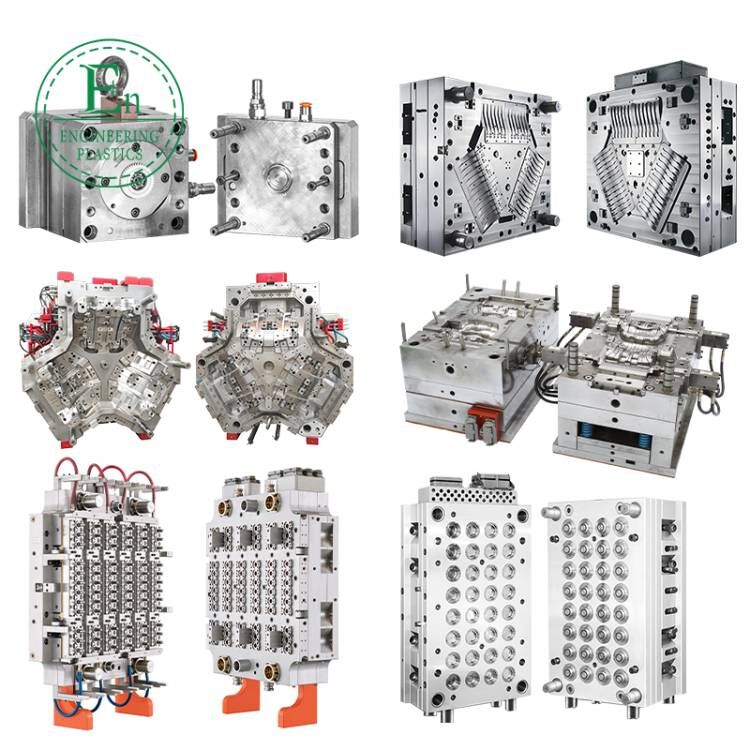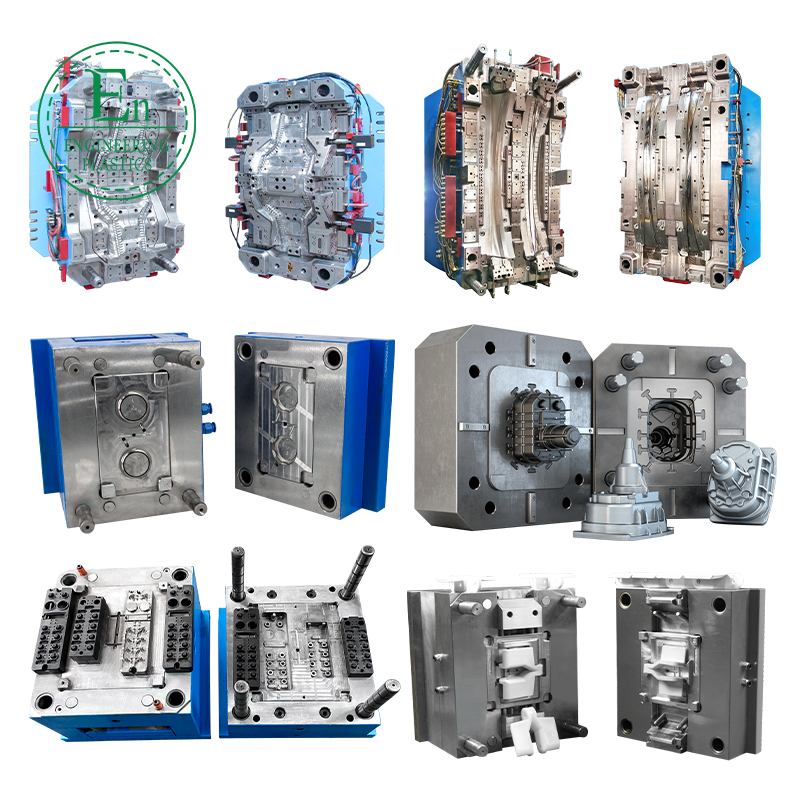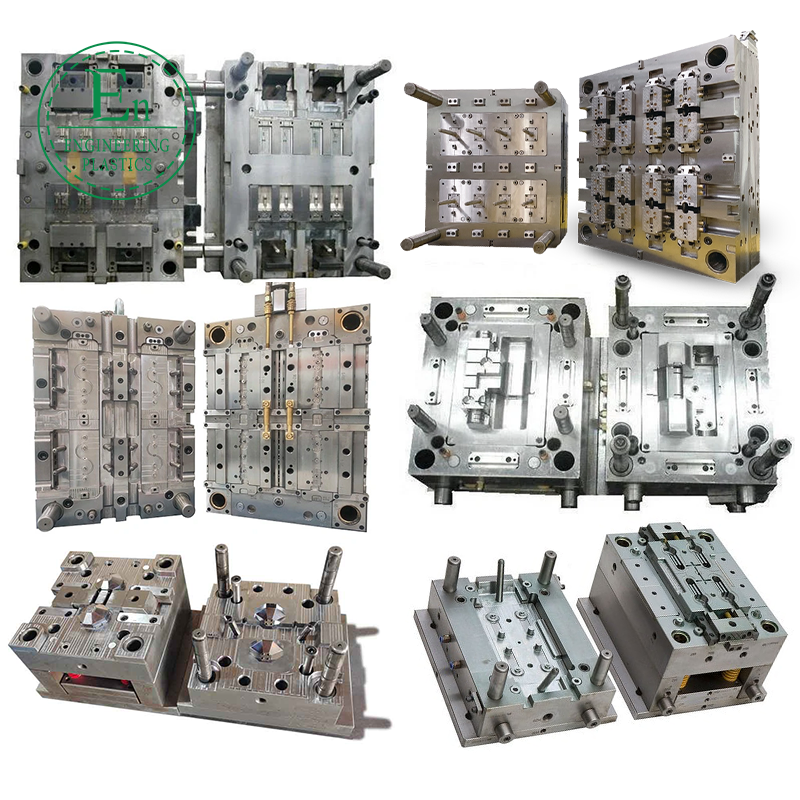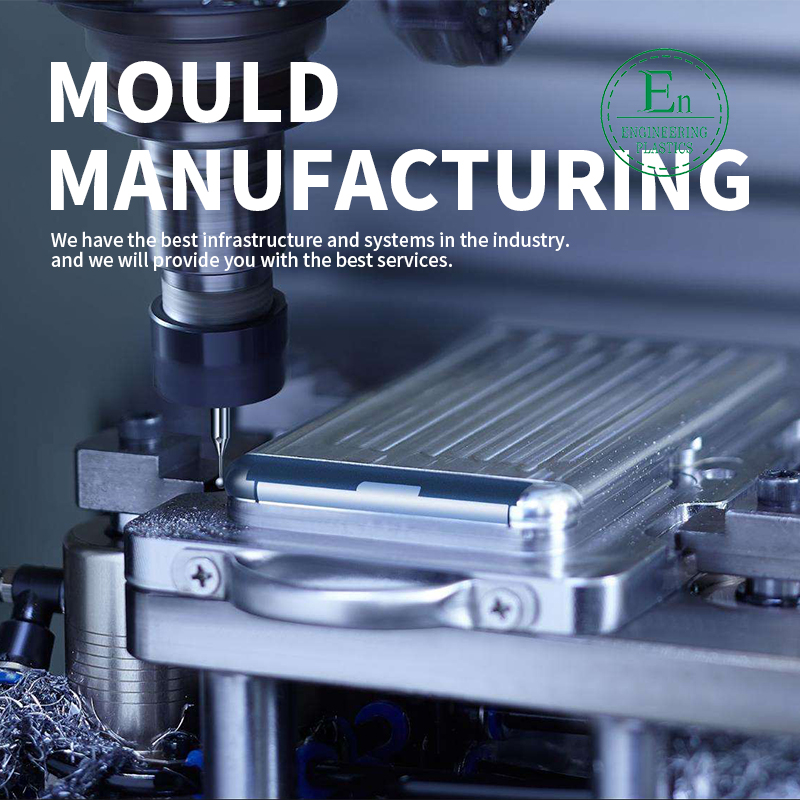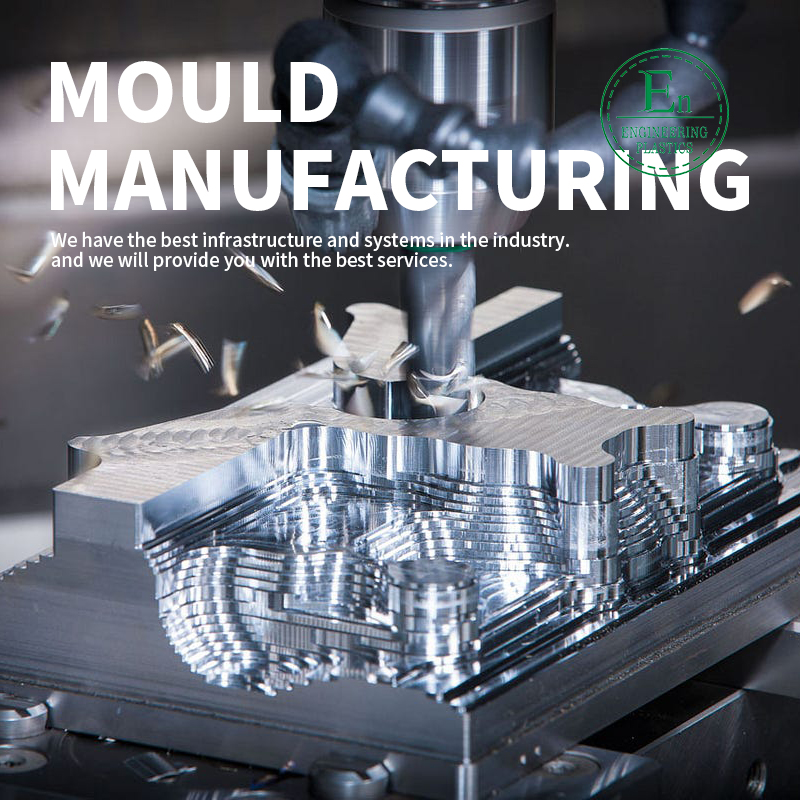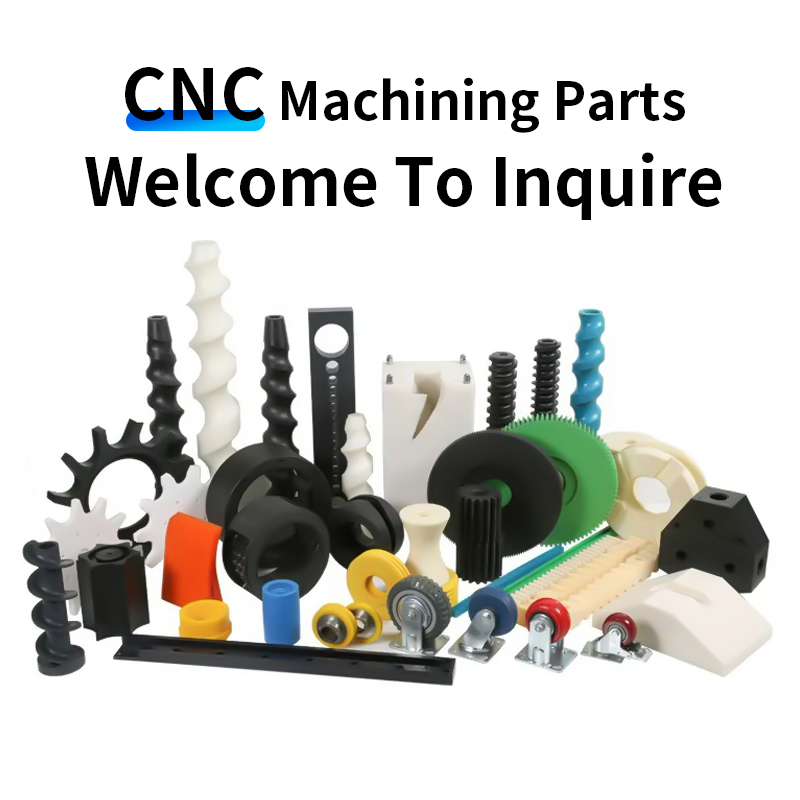Introduction to Plastic Injection Molding
Plastic injection molding is a manufacturing process that revolutionizes the global production of plastic products. It involves the use of molds to create unique, complex shapes from thermoplastic and thermoset polymers. This method has high precision, efficiency and versatility, making it the first choice for the industry from automotive to consumer goods.
Advantages of plastic injection molding
One of the excellent advantages of plastic injection molding is its ability to easily produce complex designs. This technology allows the creation of complex molds to accommodate detailed designs with high precision. Furthermore, the process is very effective, with the ability to produce large numbers of the same products quickly. Plastic injection molding materials are recyclable and contribute to environmental sustainability.
Application of plastic injection molding
Plastic injection molding can be found in a wide variety of industries. In the automotive industry, it is used to produce instrument panels, bumpers and other essential components. The medical industry benefits from this approach by creating devices such as syringes and medical device cannulas. Consumer electronics rely on plastic injection molding to produce shells for gadgets, while the packaging industry uses them for containers and lids.
Select the right injection molding material
Selecting the right plastic injection molding material is critical to the functionality and durability of the final product. Common materials include polycarbonate, ABS, nylon and polypropylene, each offering unique properties such as strength, transparency or flexibility. It is important to consider the application of the product, the environmental conditions and the required aesthetics.
Innovation in plastic injection molding
The field of plastic injection molding layers is constantly evolving, and innovations such as 3D printing molds and advanced automation have improved the efficiency and capability of the process. These advances help reduce production costs and lead times, making the method more attractive to manufacturers. With the advancement of technology, the quality and accuracy of injection molded products continue to improve.
Conclusion
In short, plastic injection molding becomes a key manufacturing process due to its efficiency, versatility and ability to create high-quality products. This is crucial for industries that strive for cost-effective production and environmental practices. With the continuous development of technology, embracing innovation in this field will provide further possibilities and applications for enterprises around the world.



